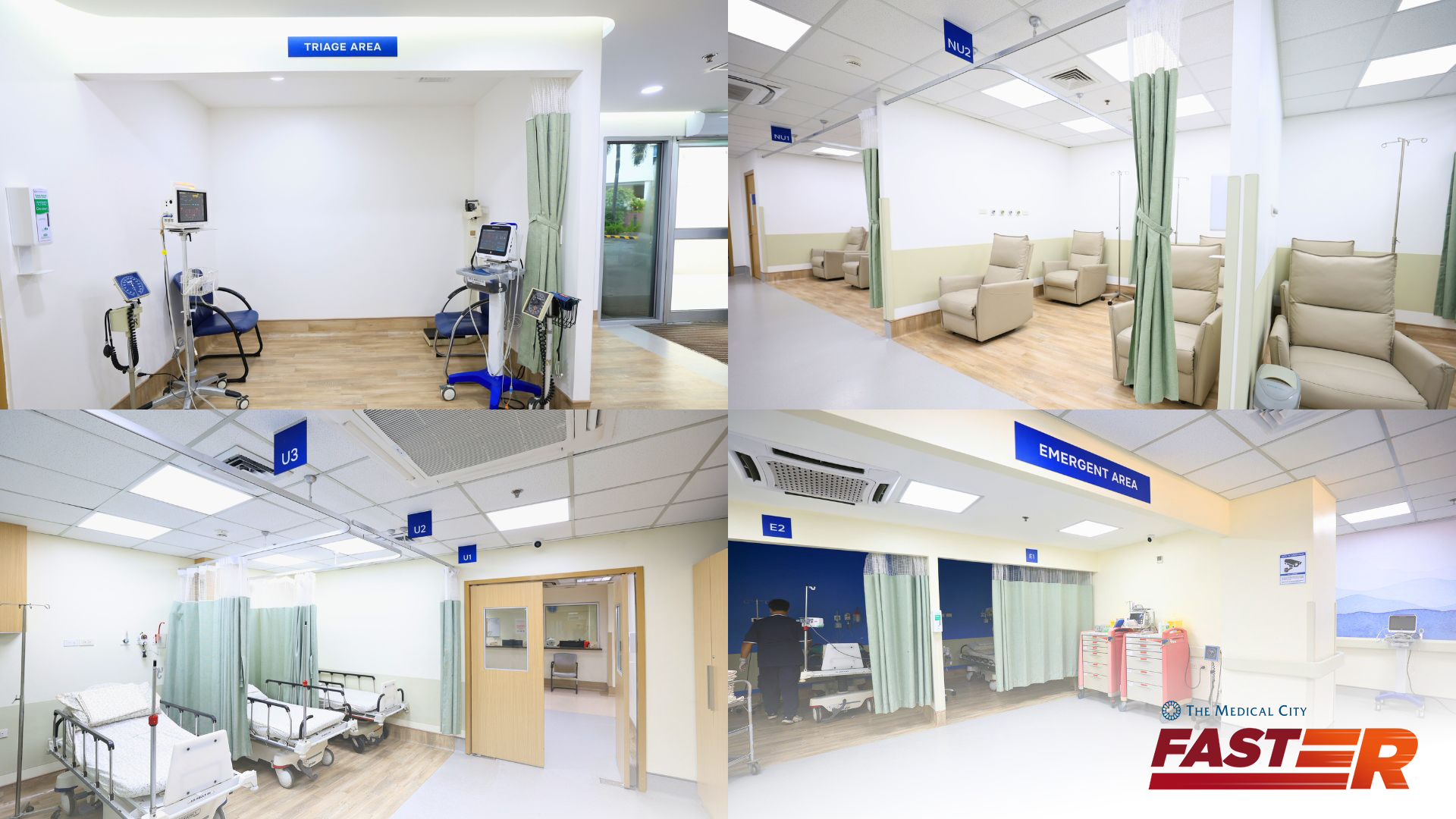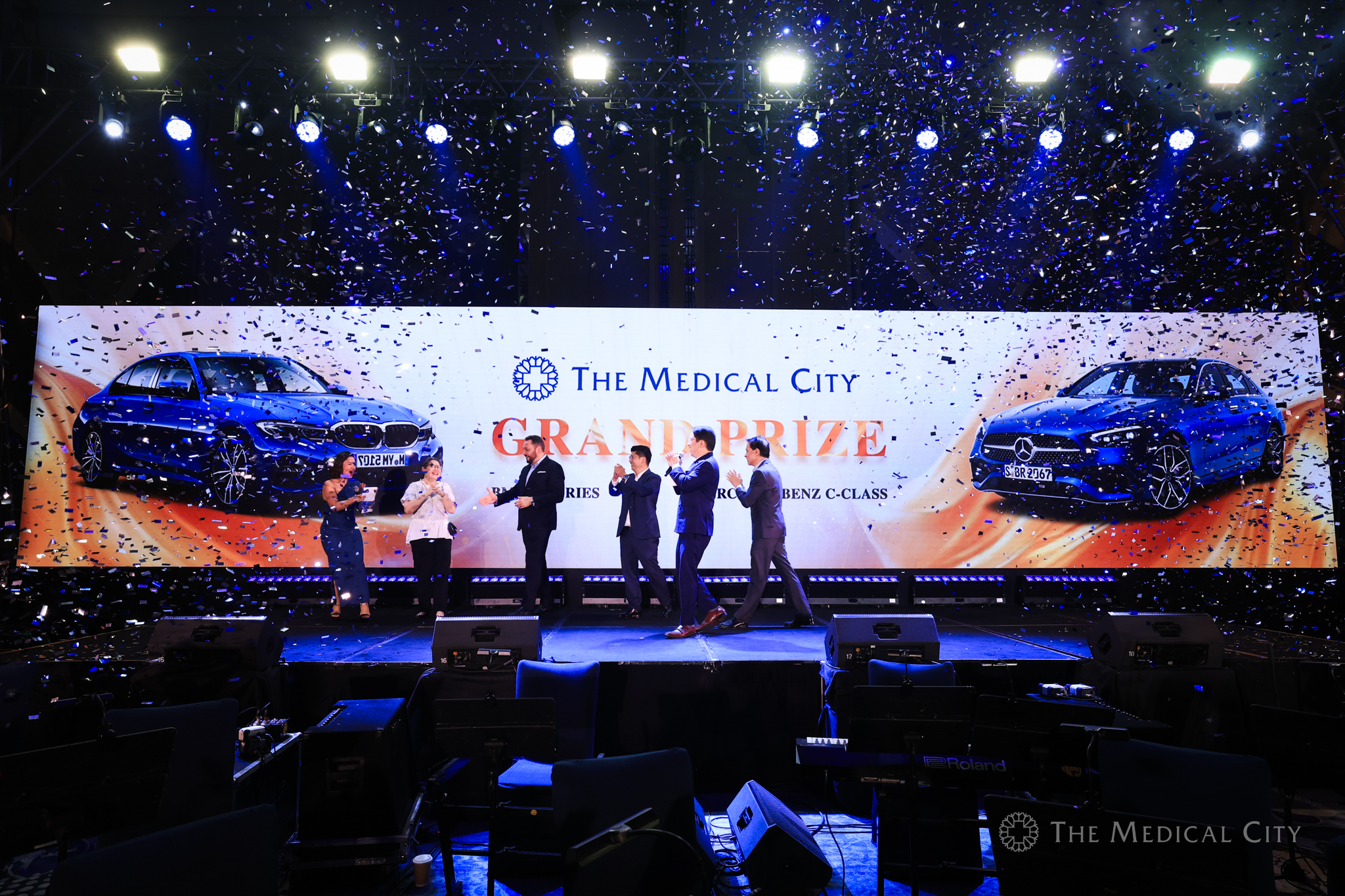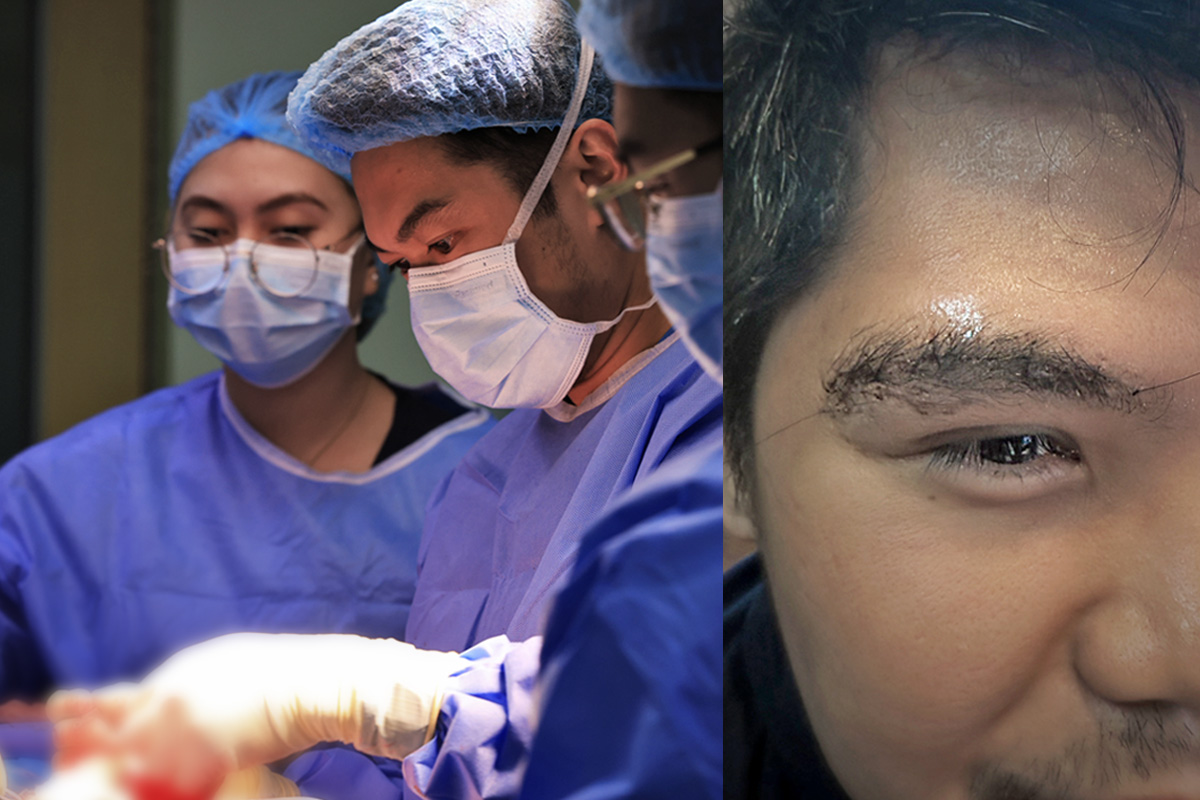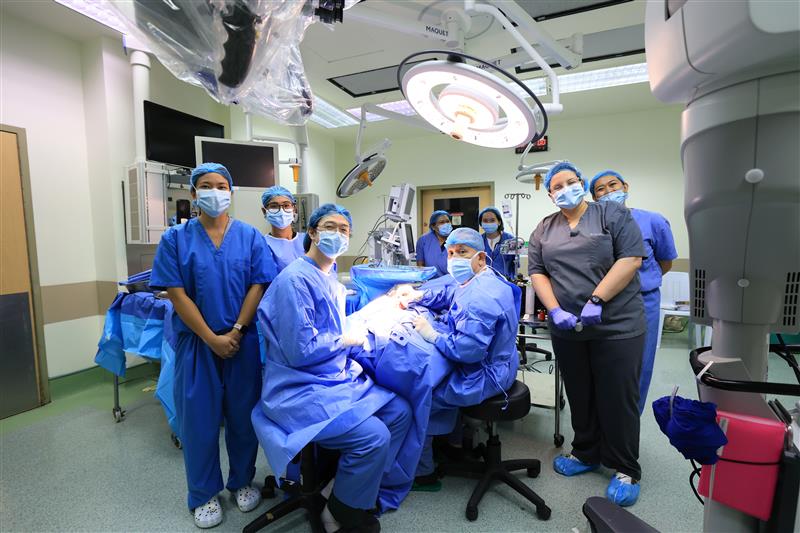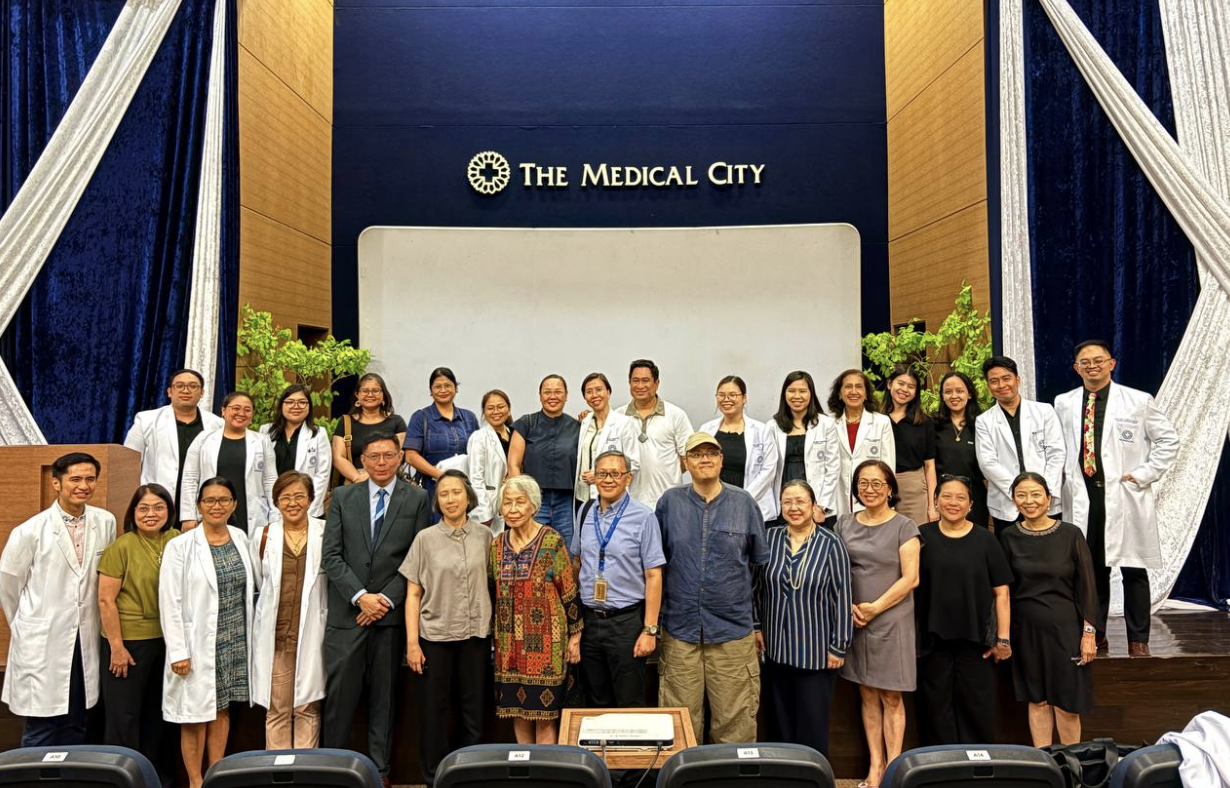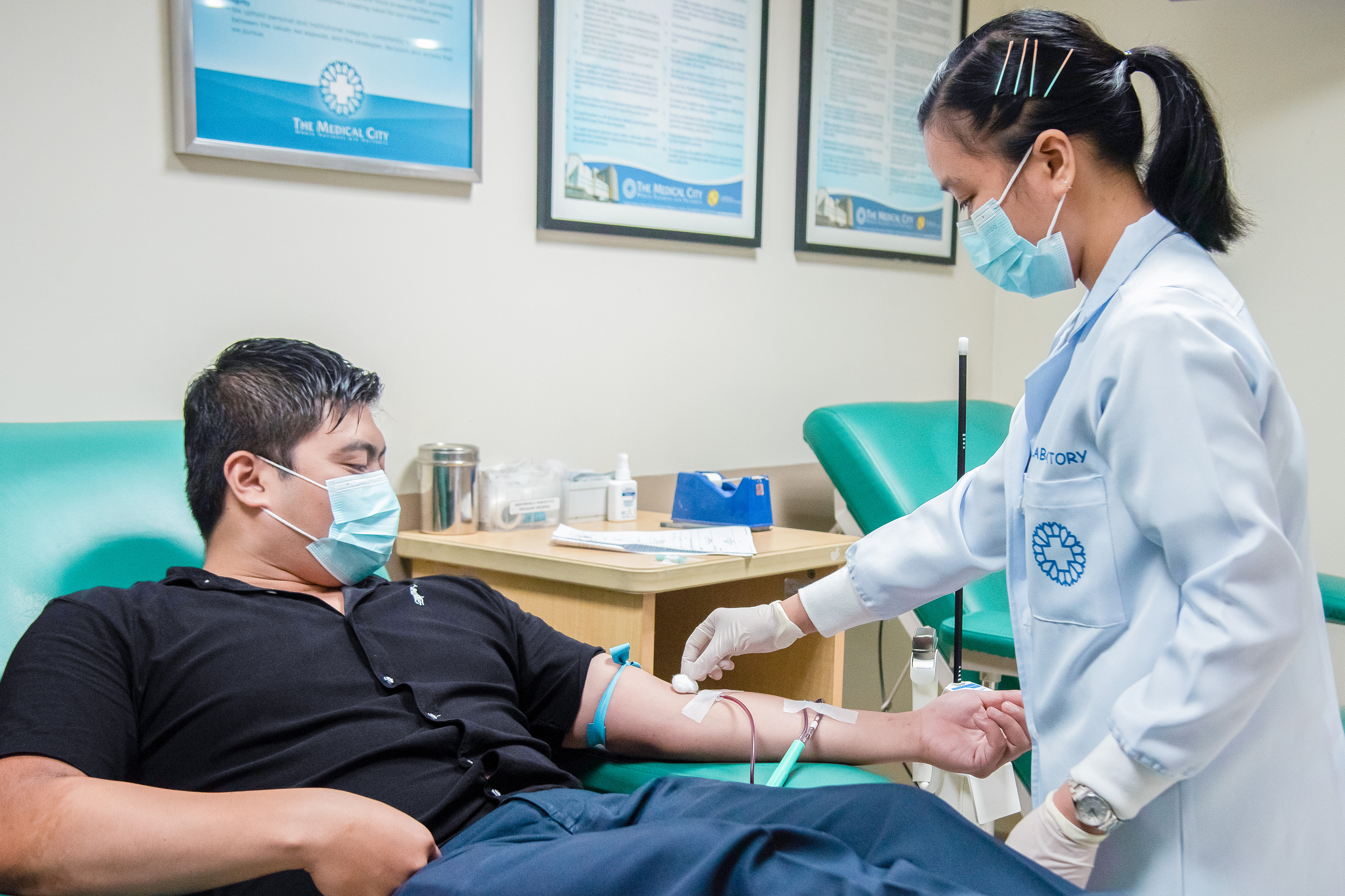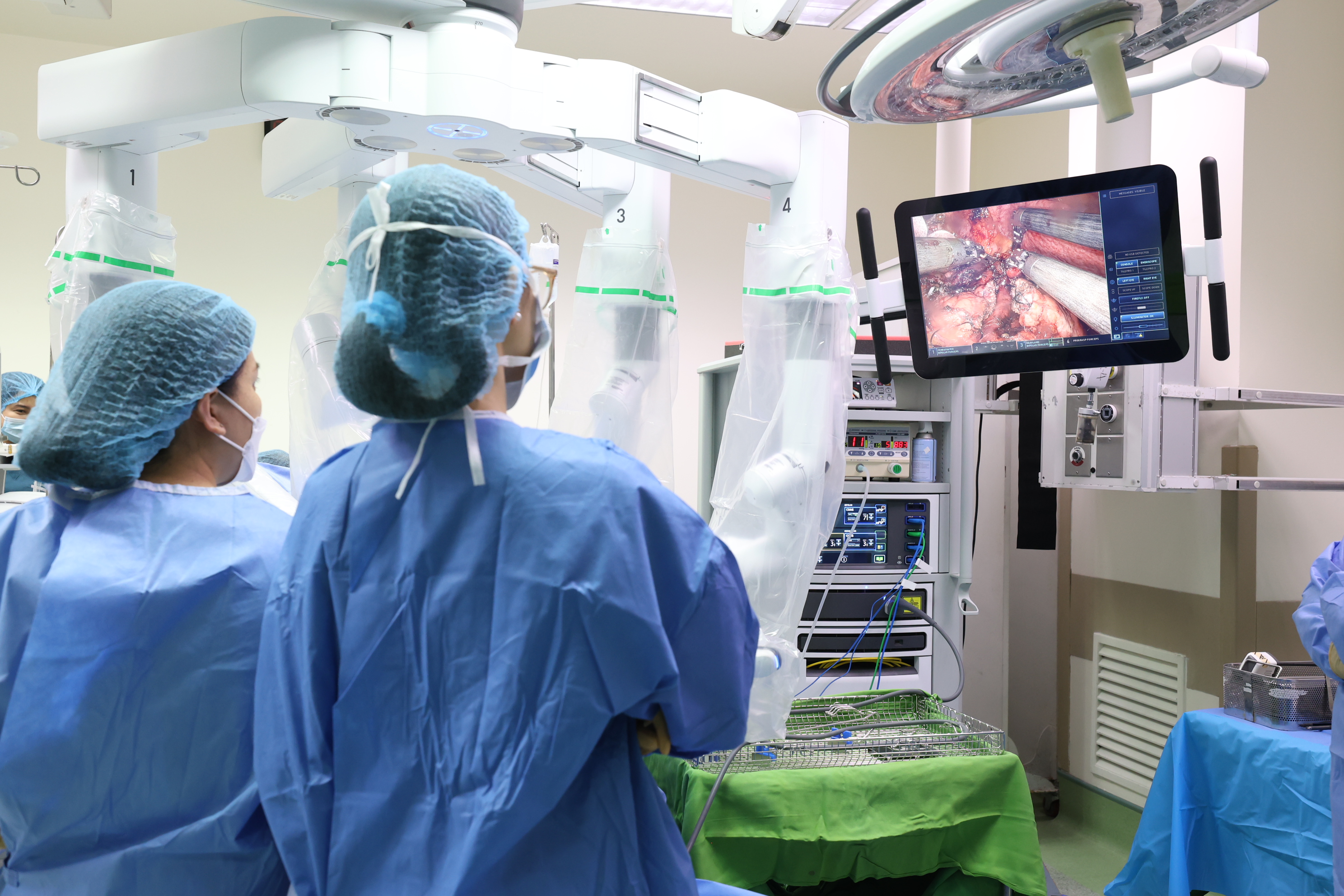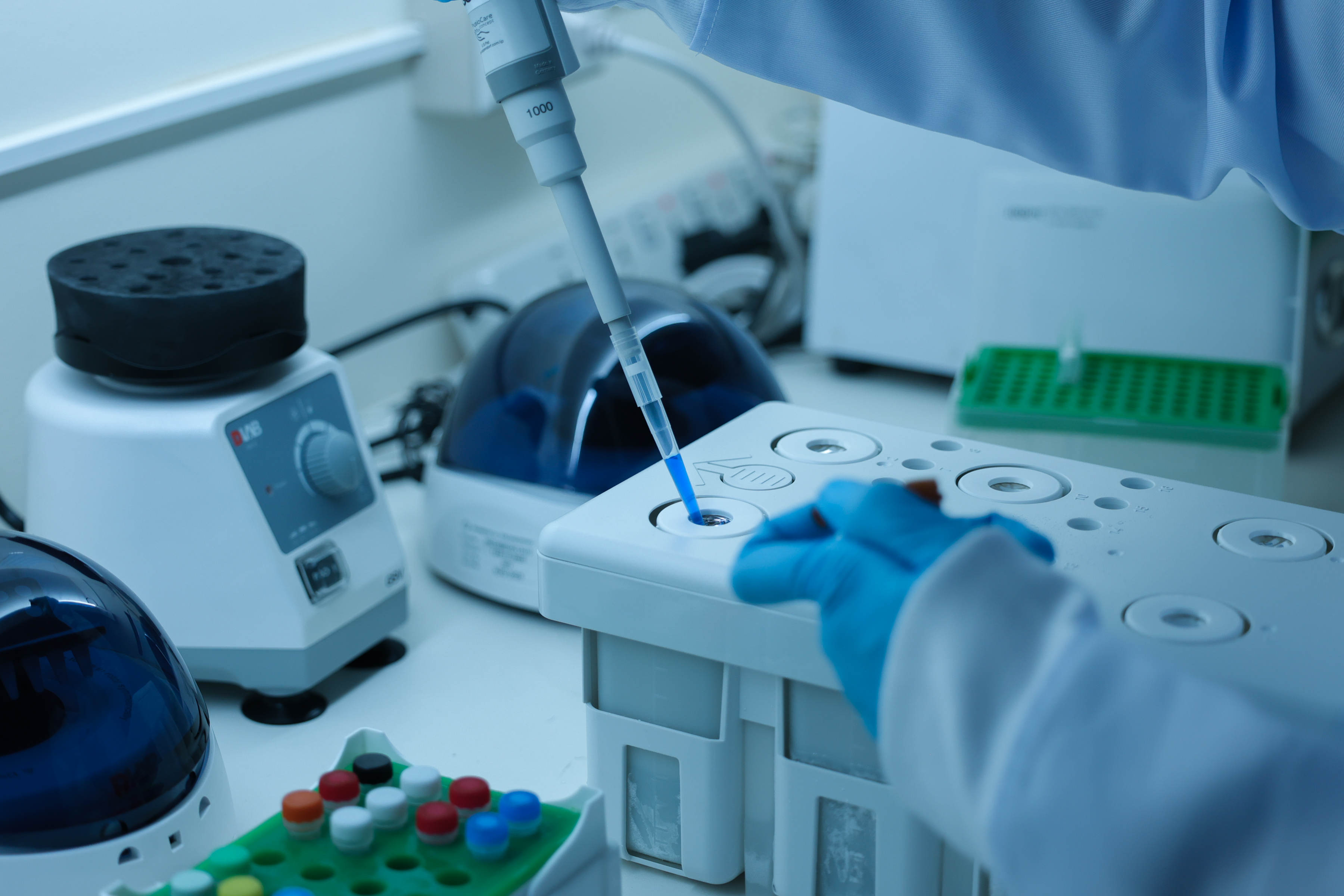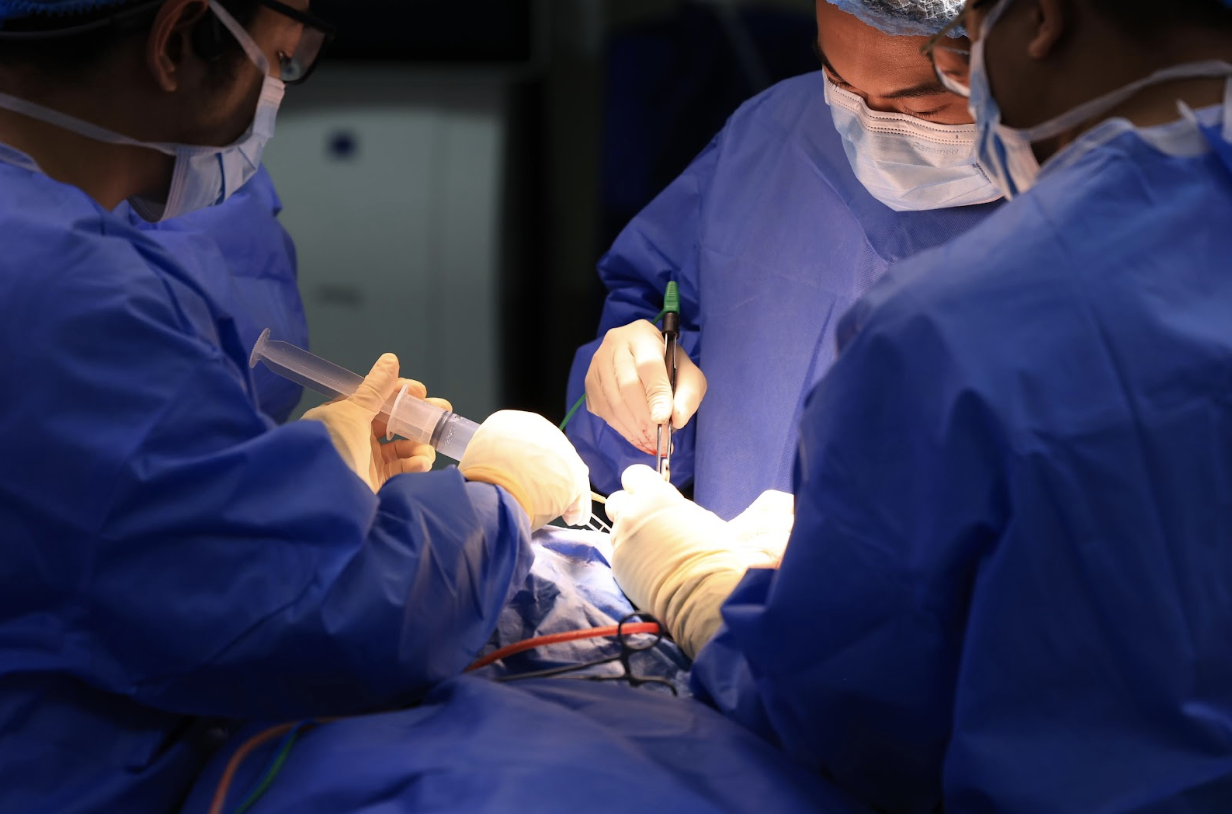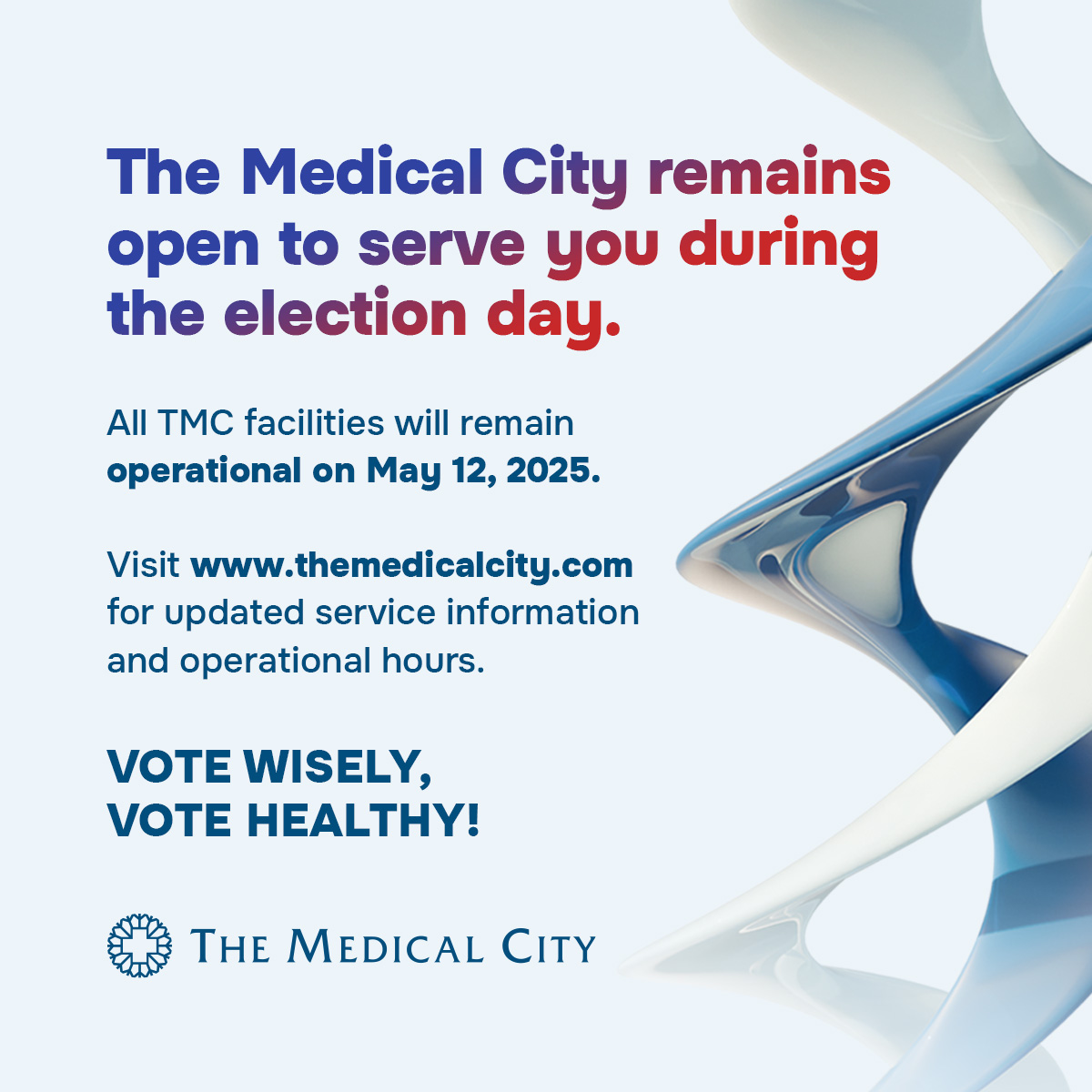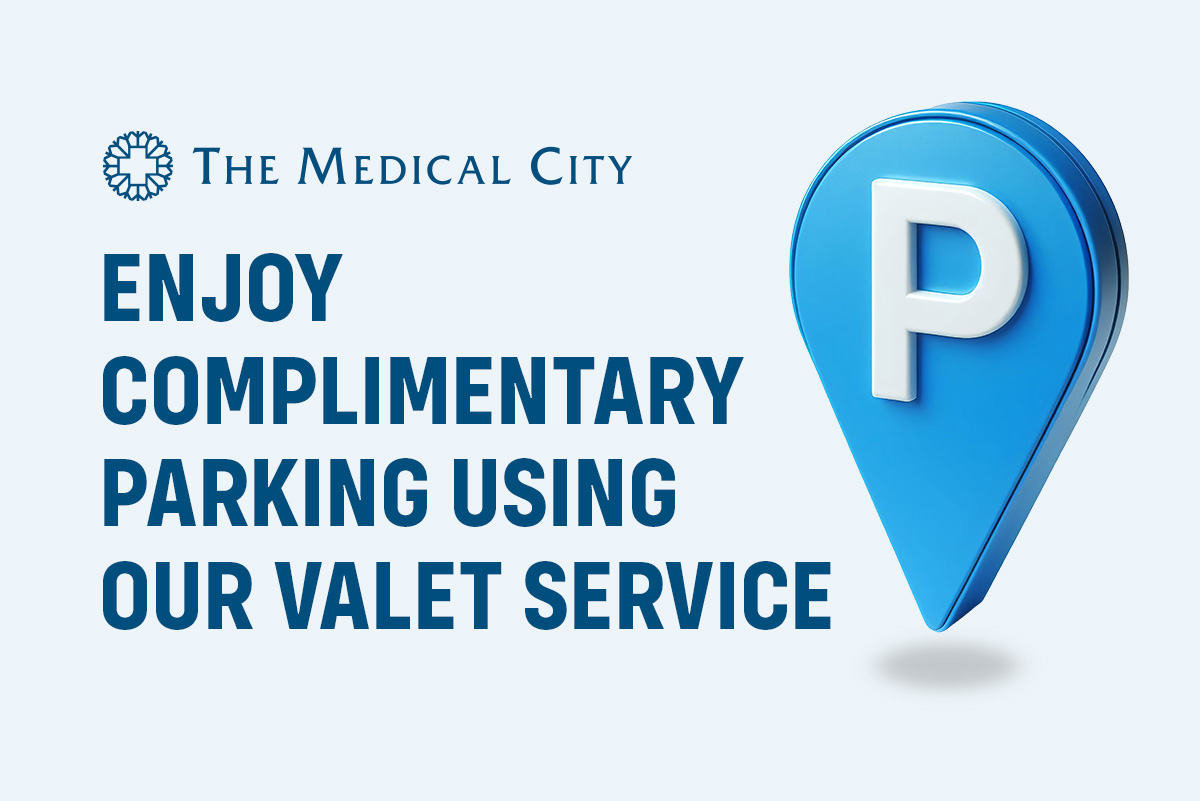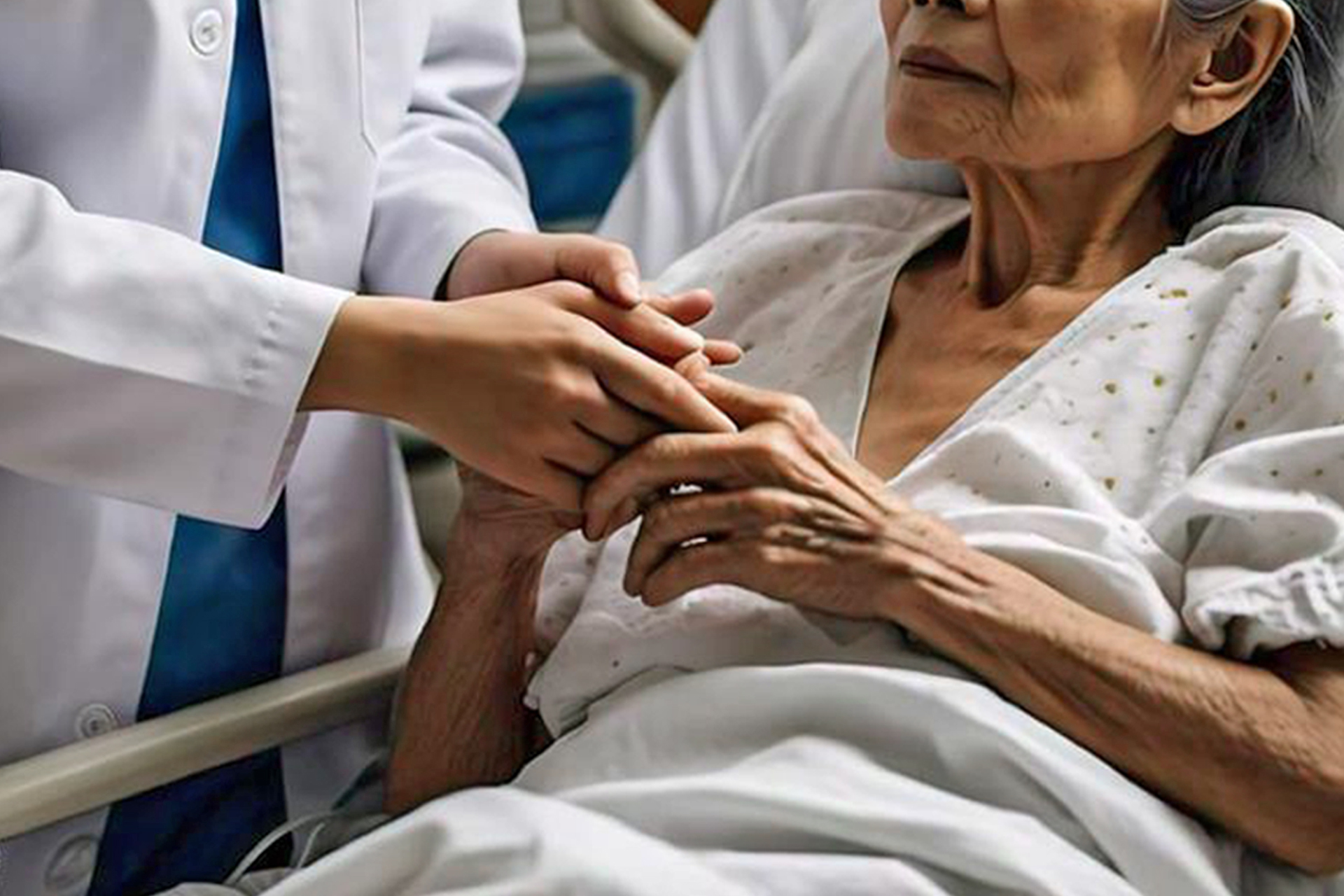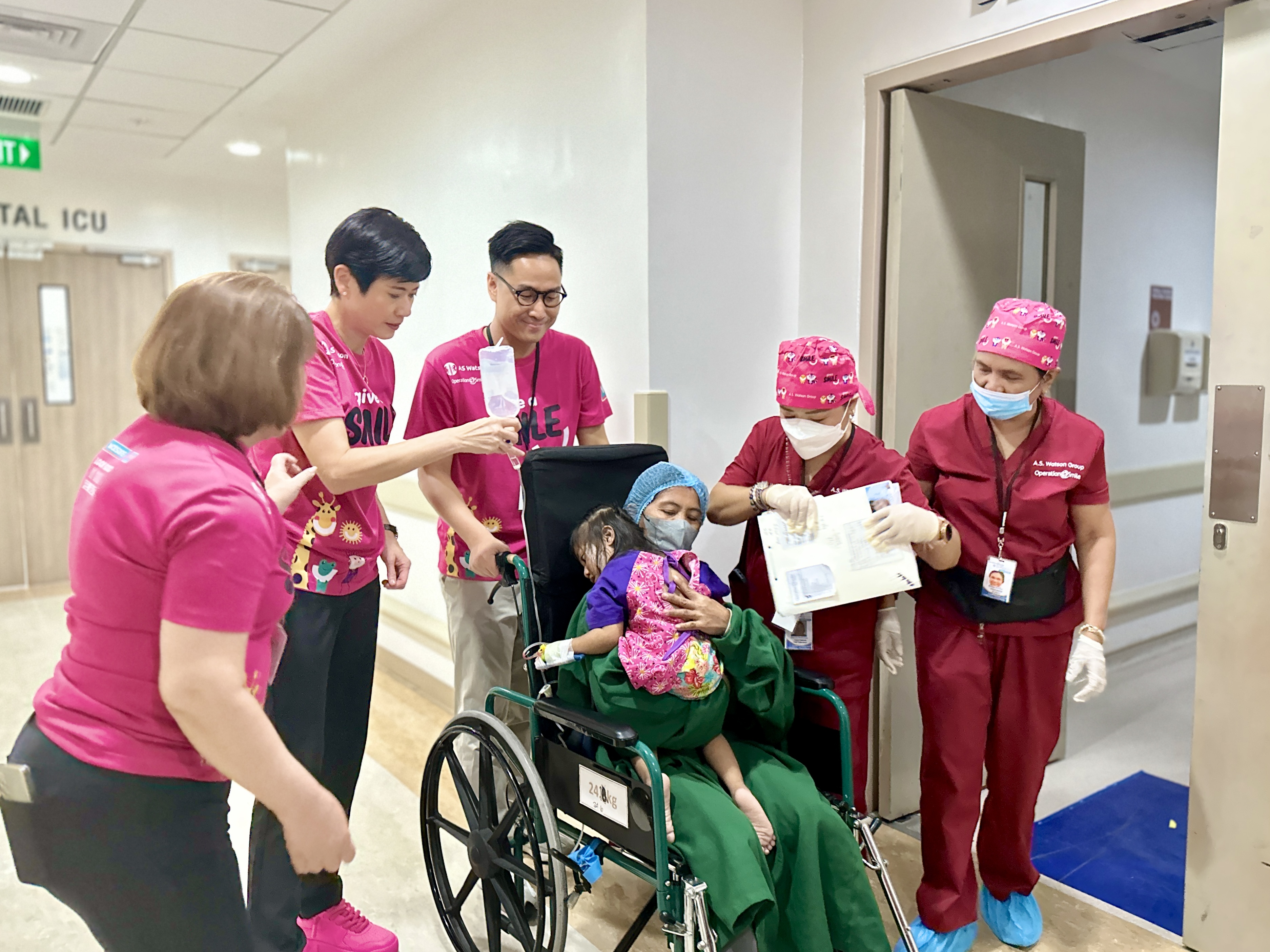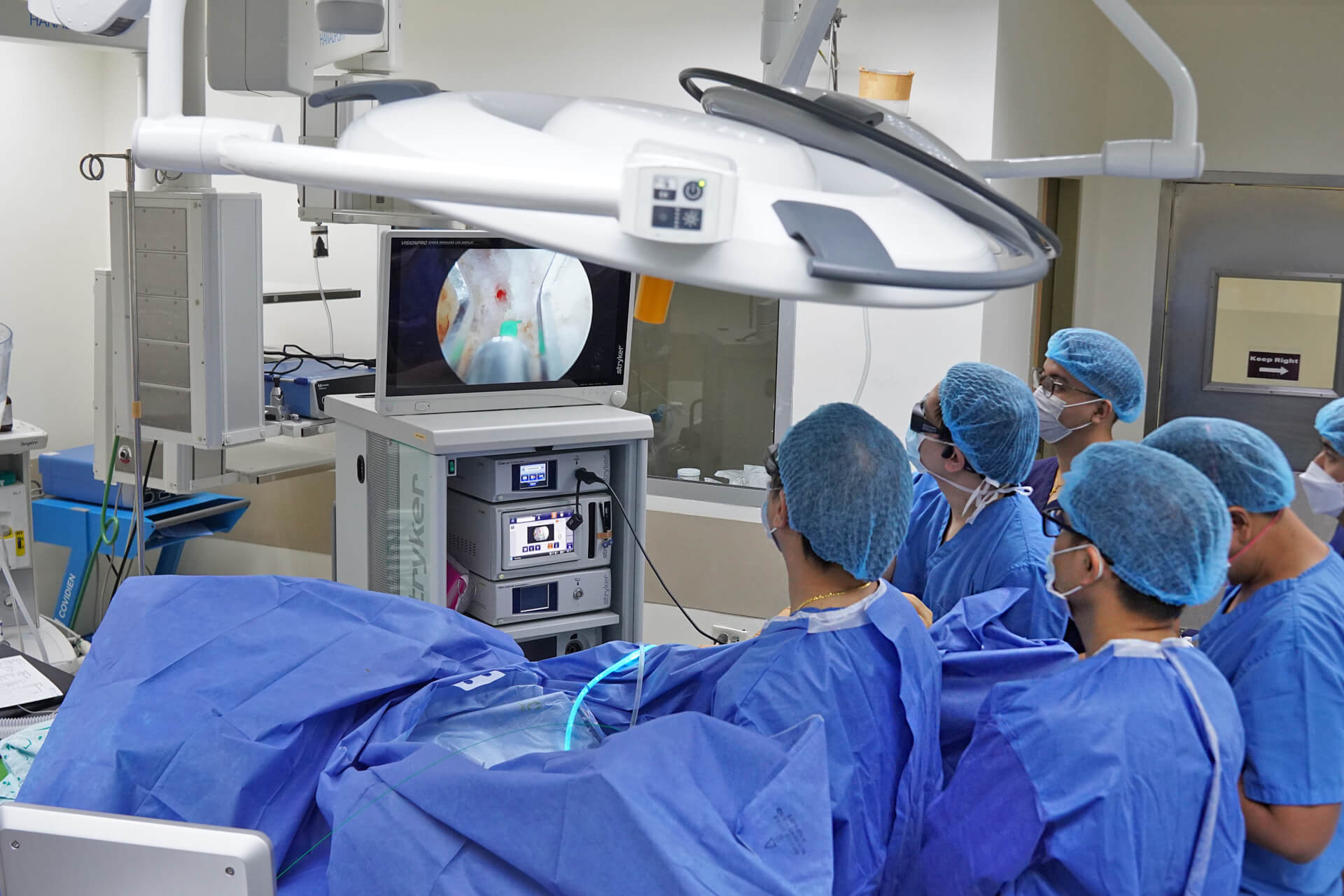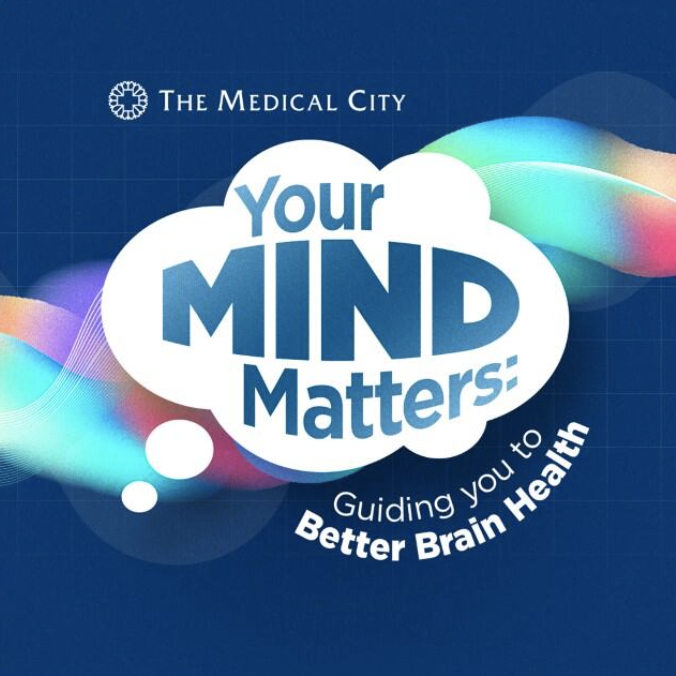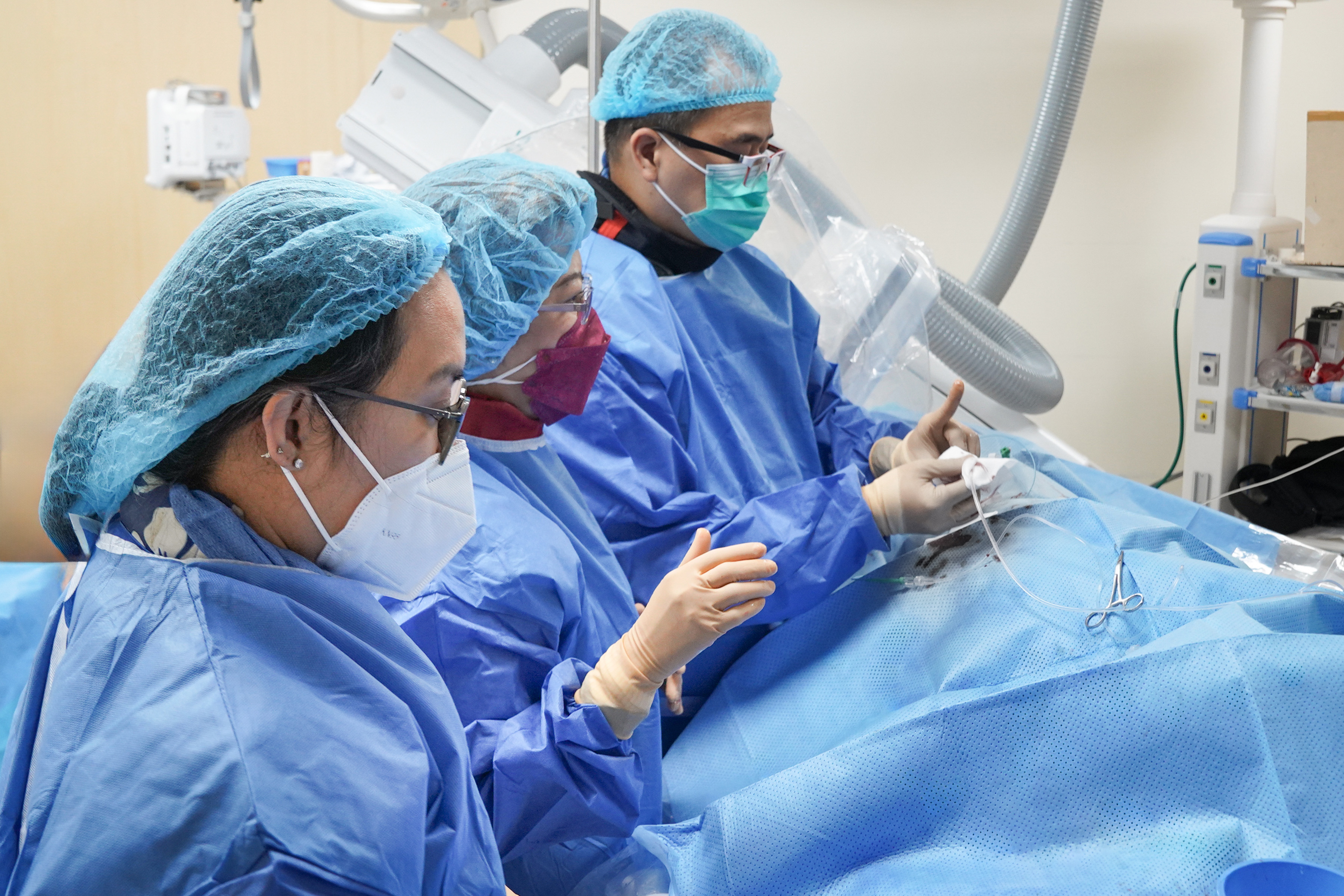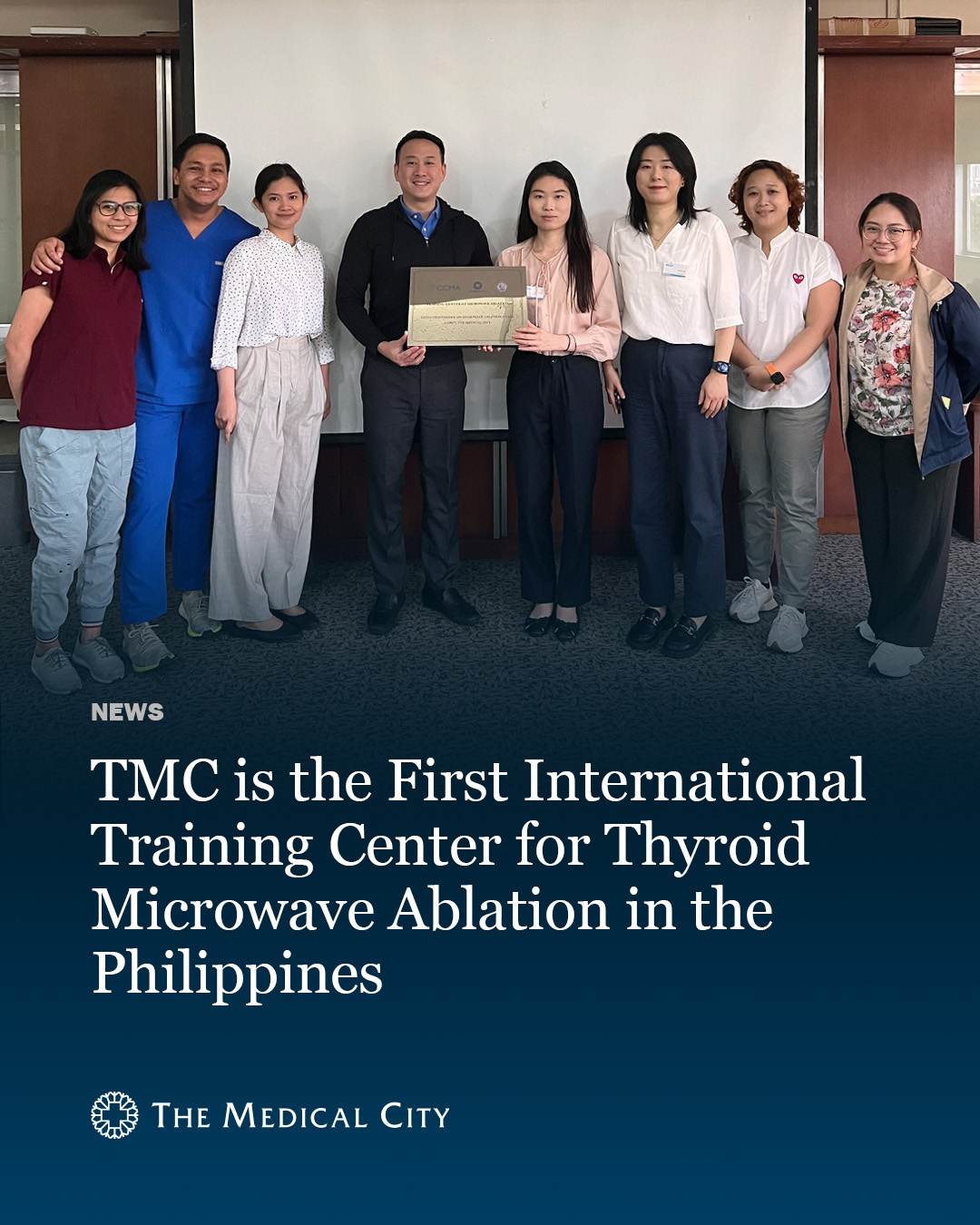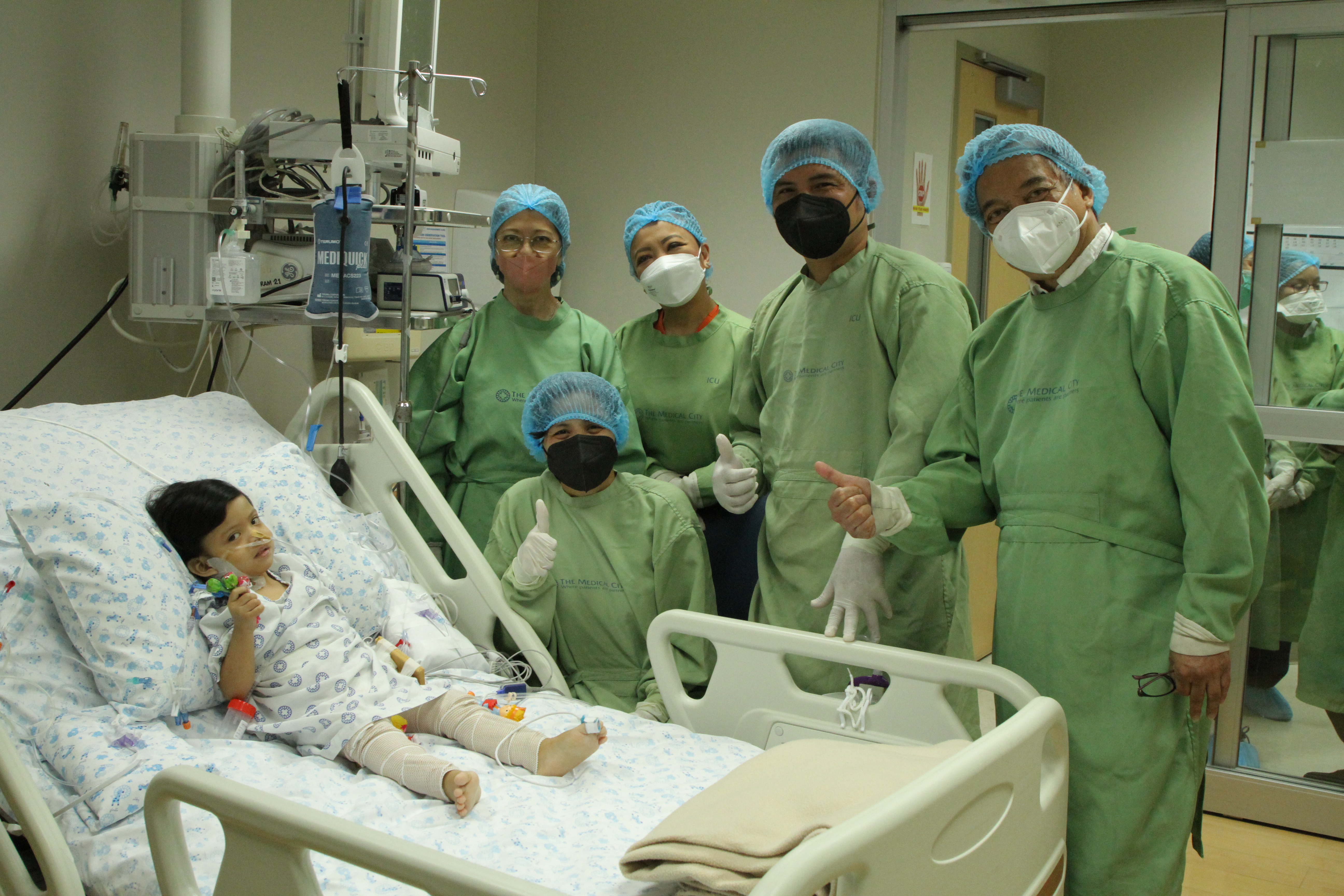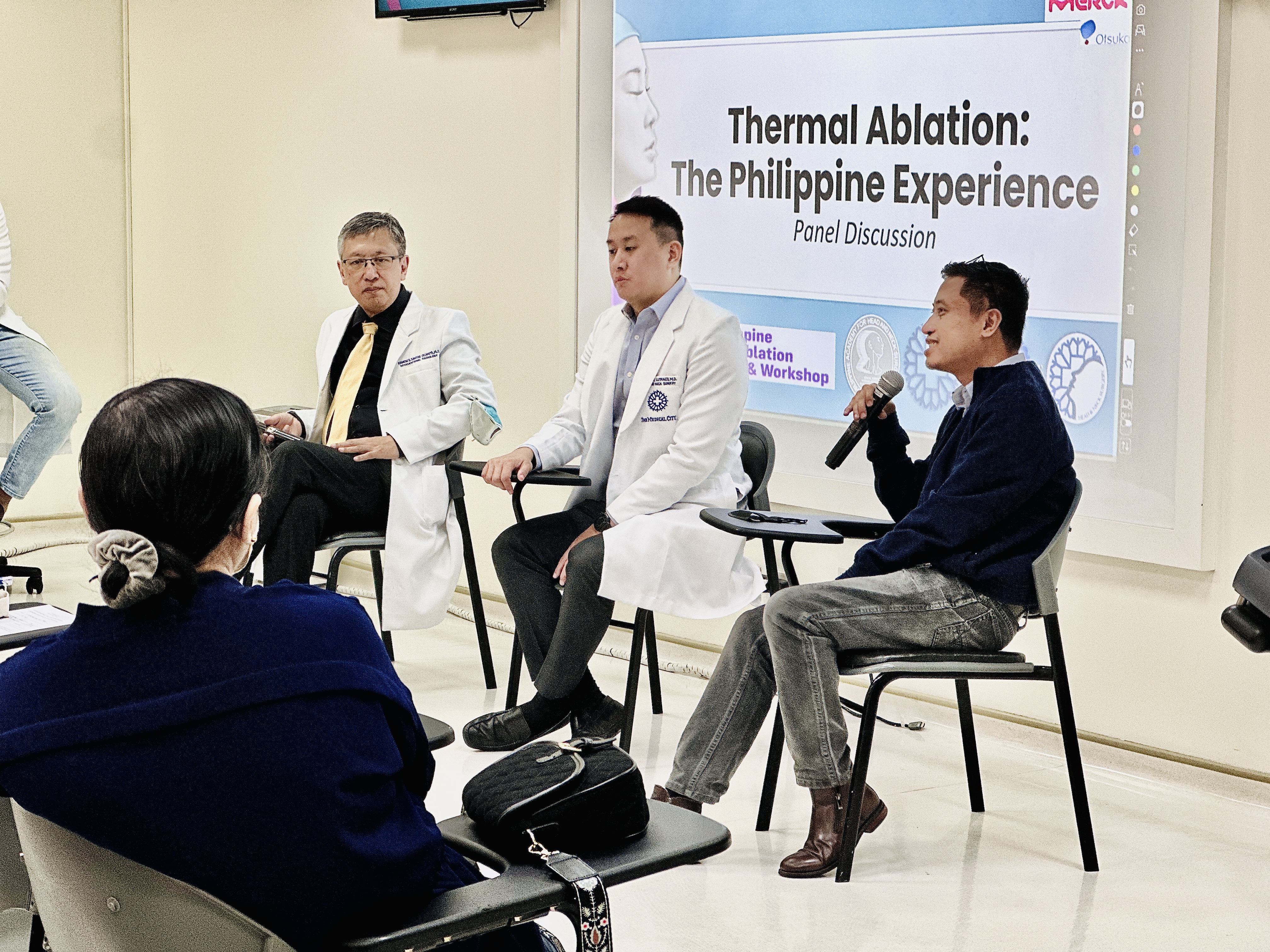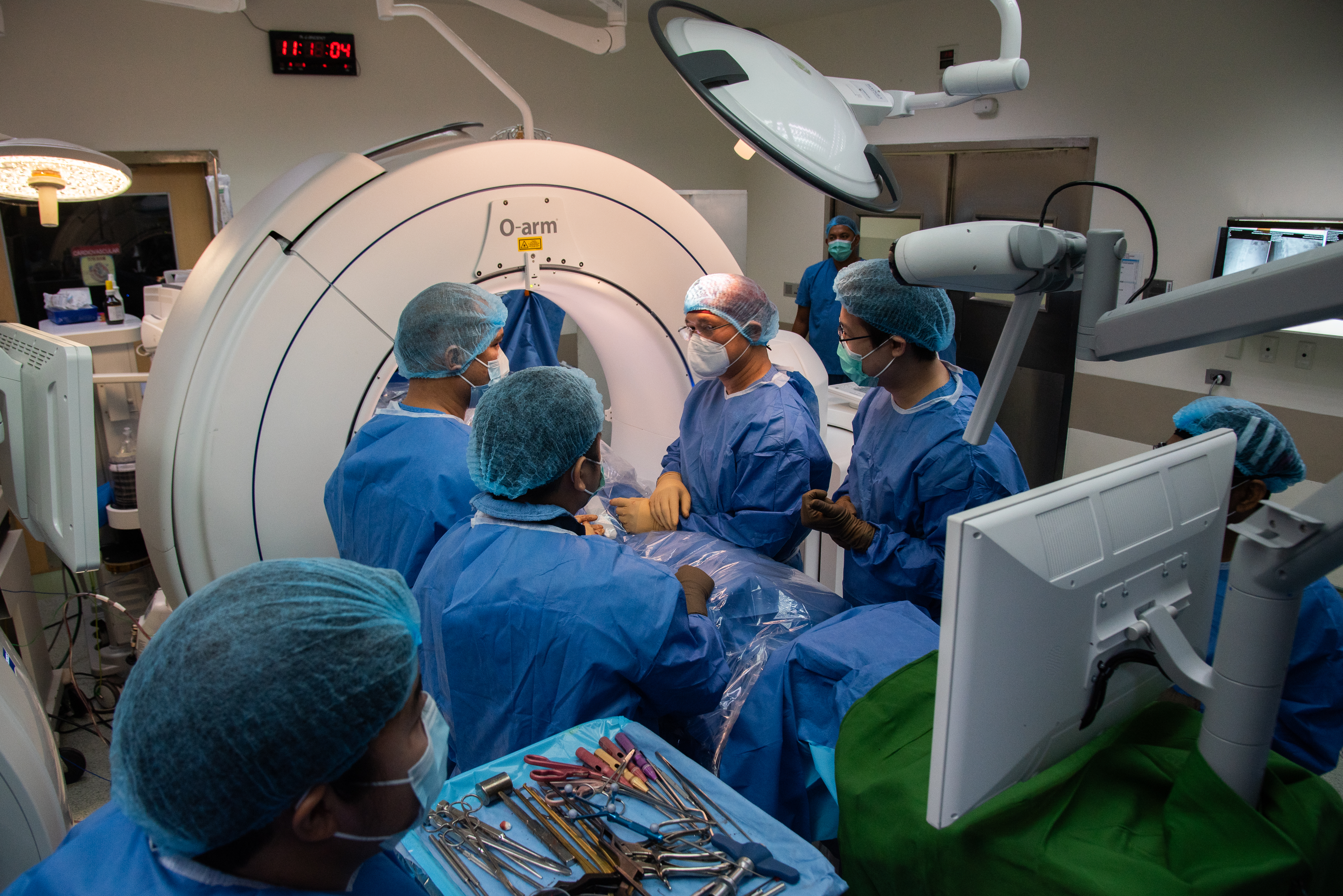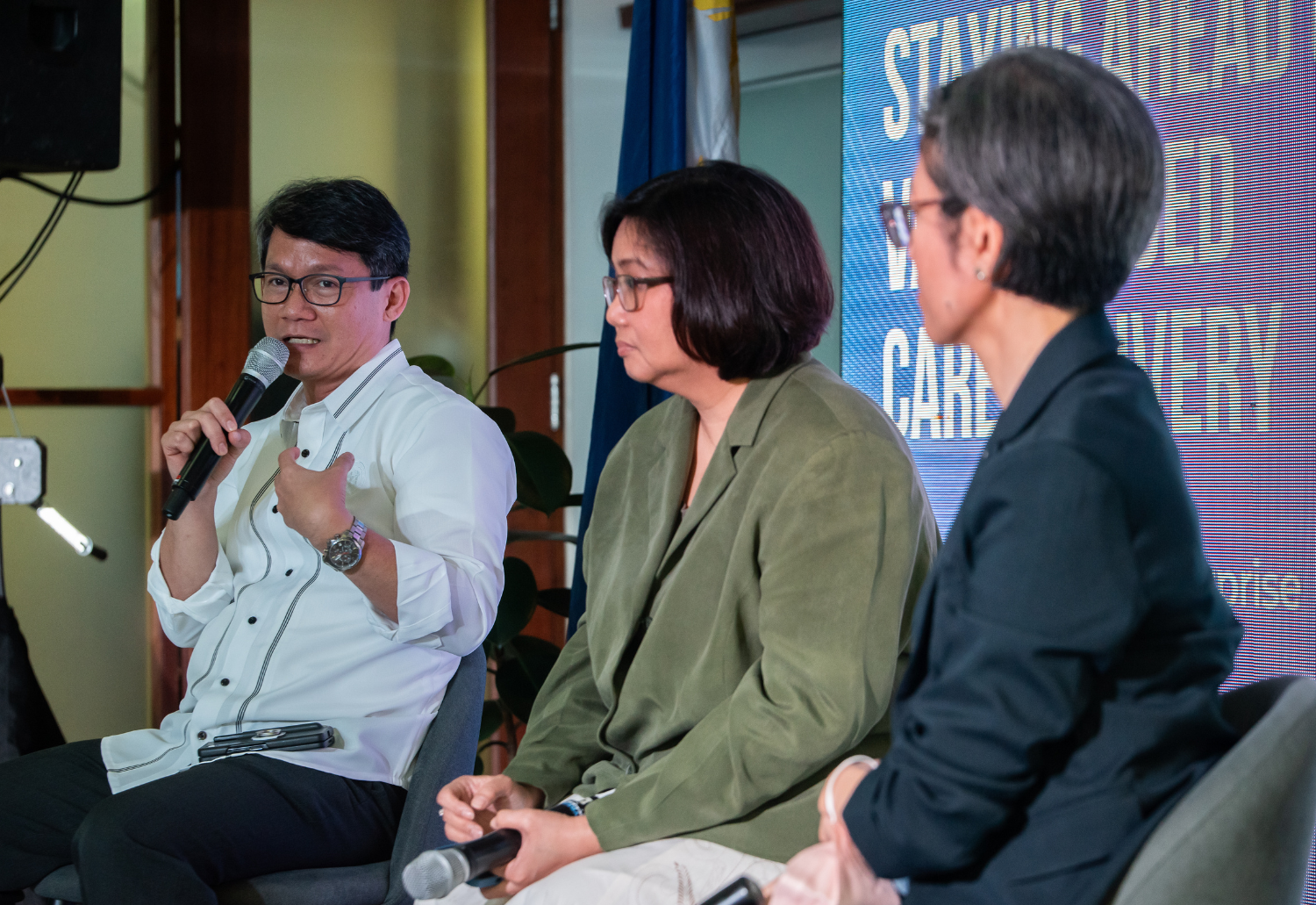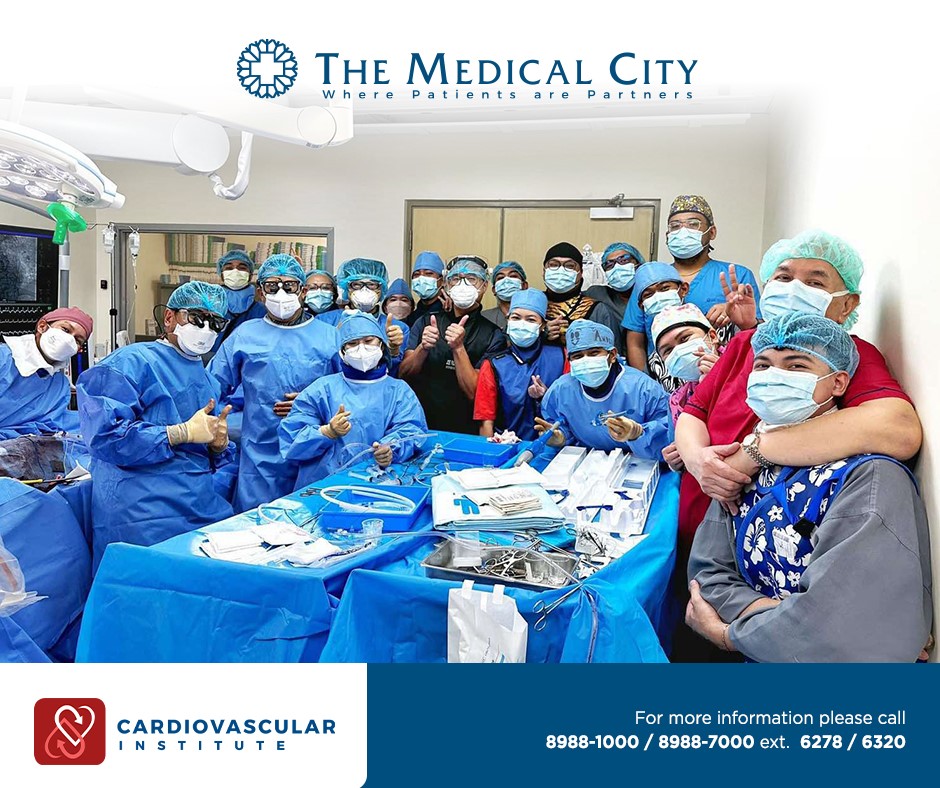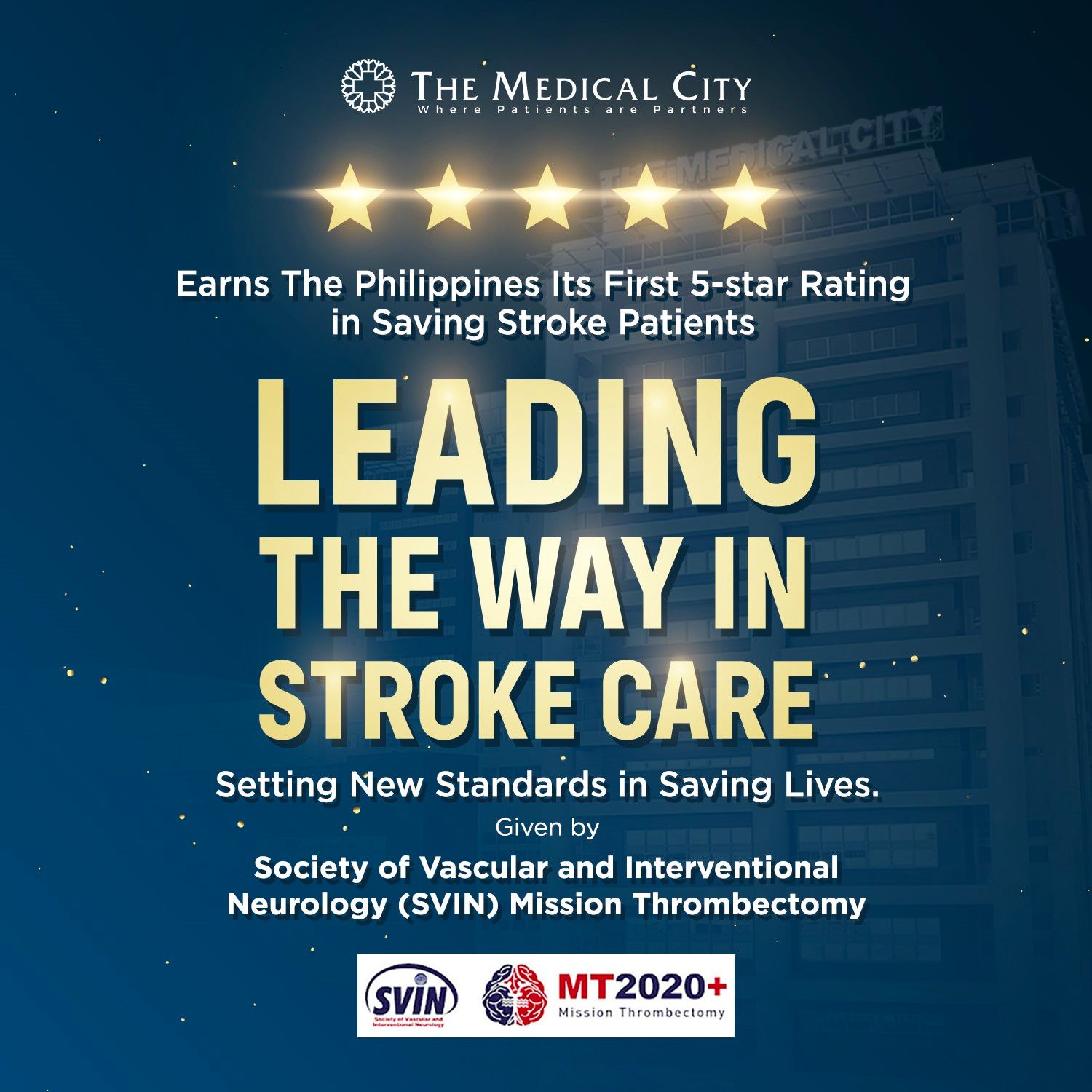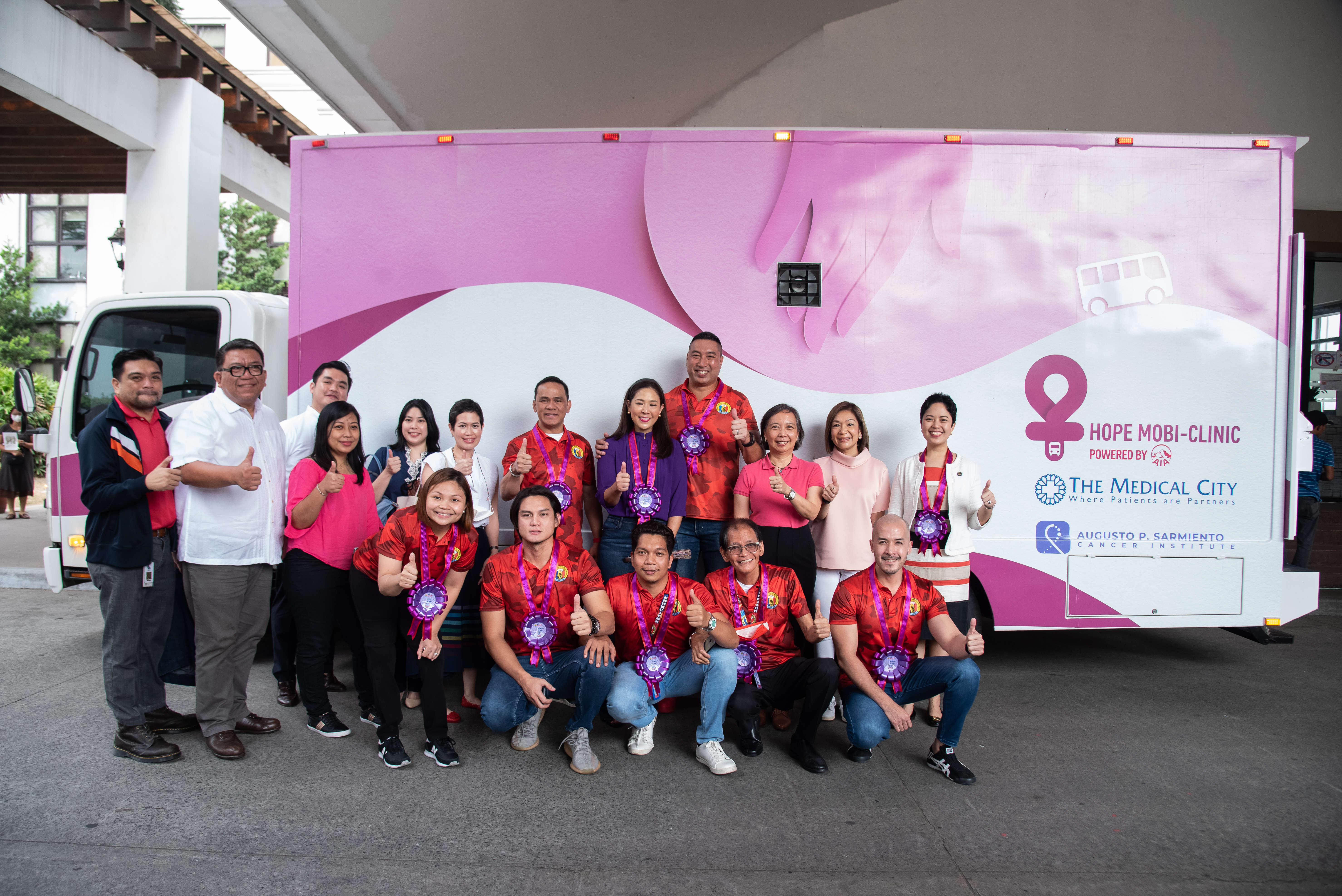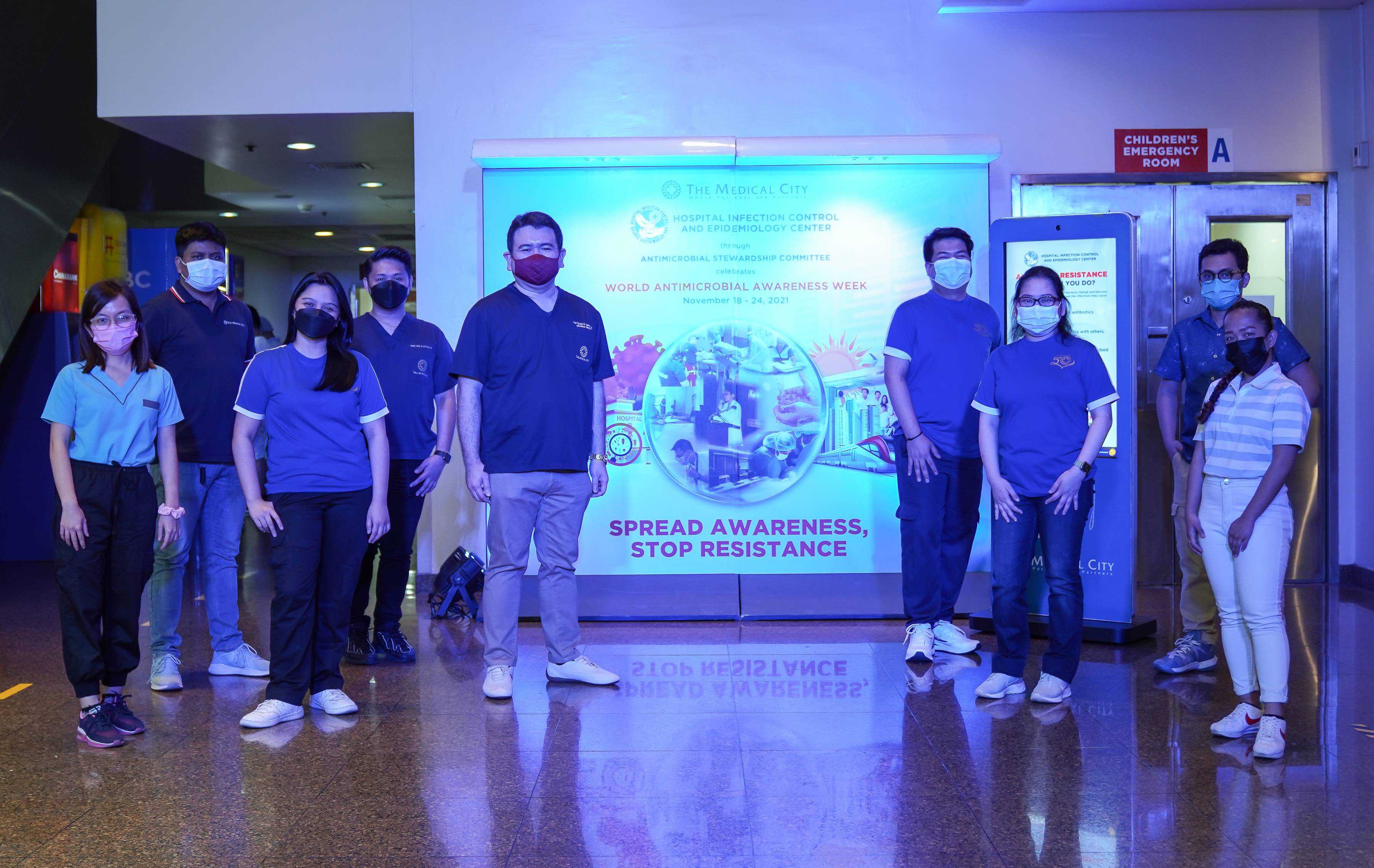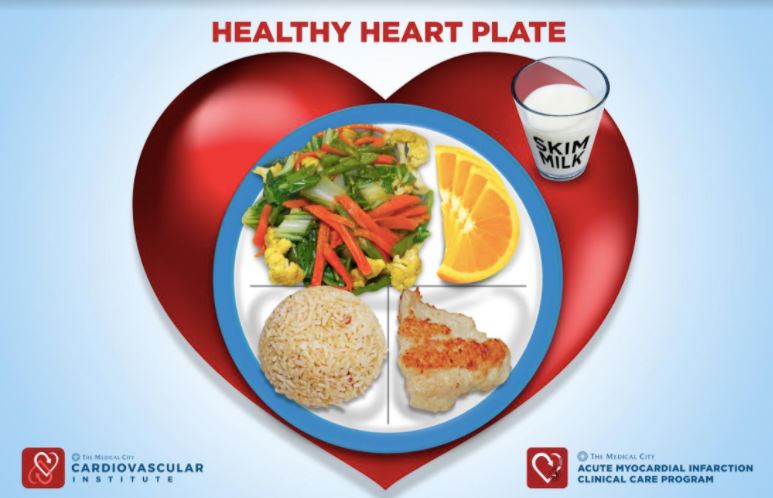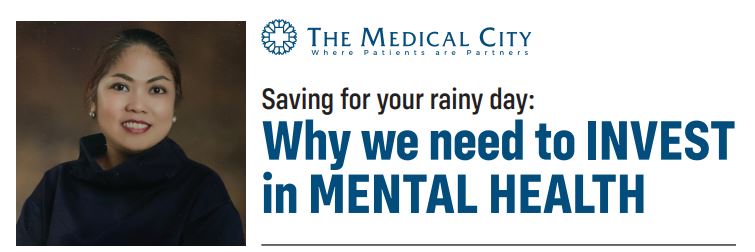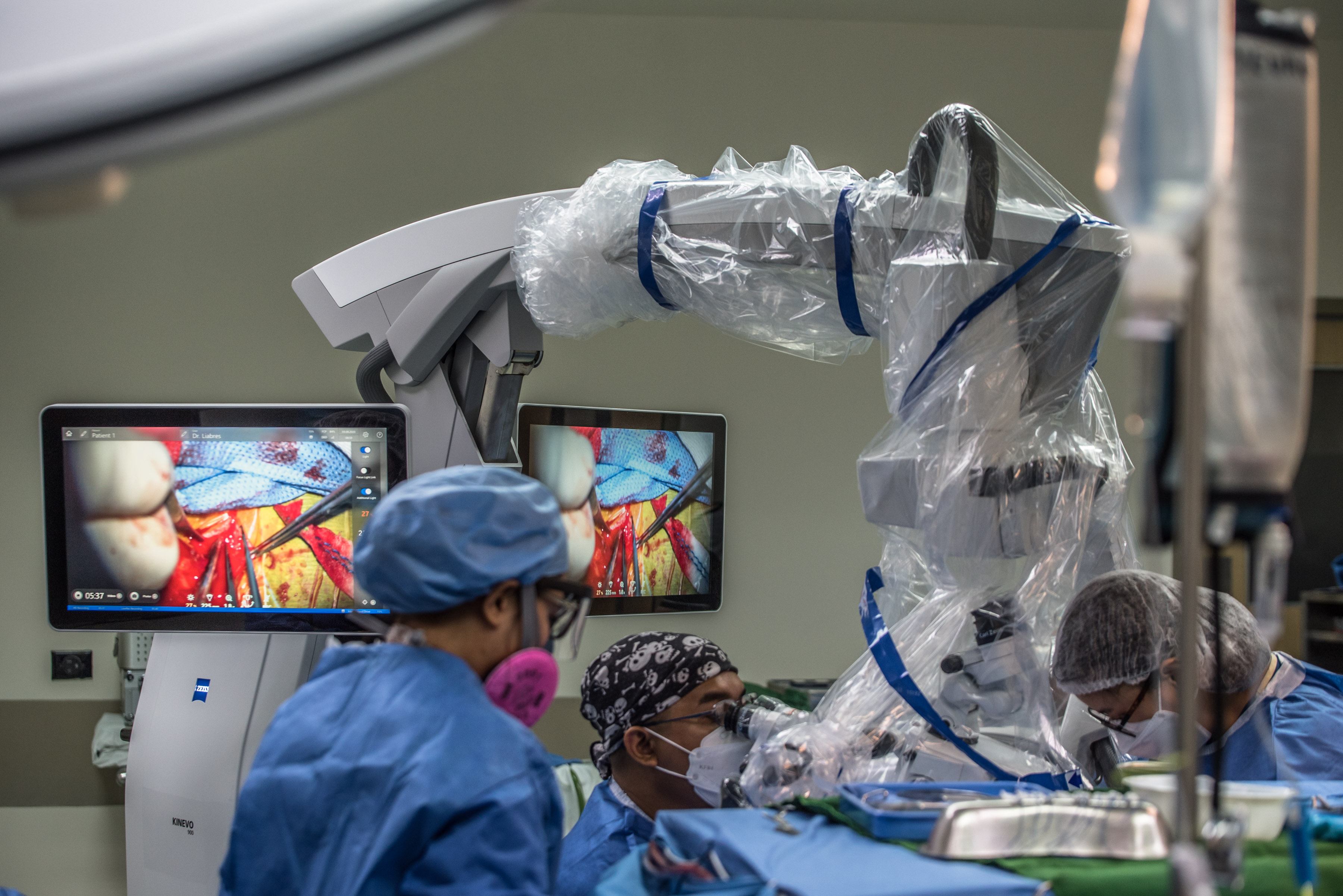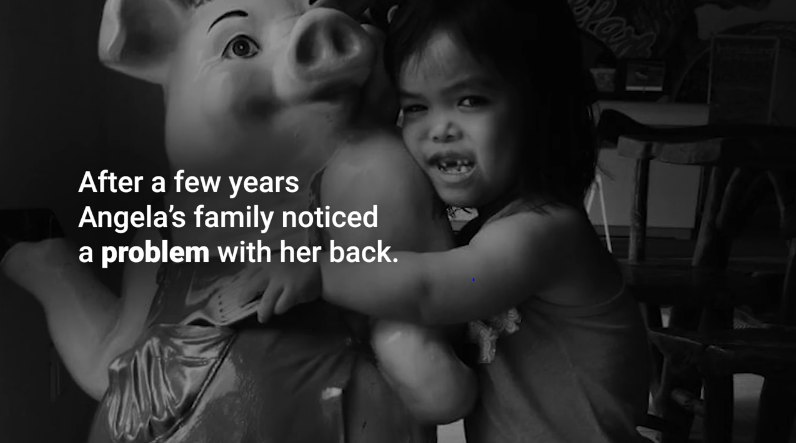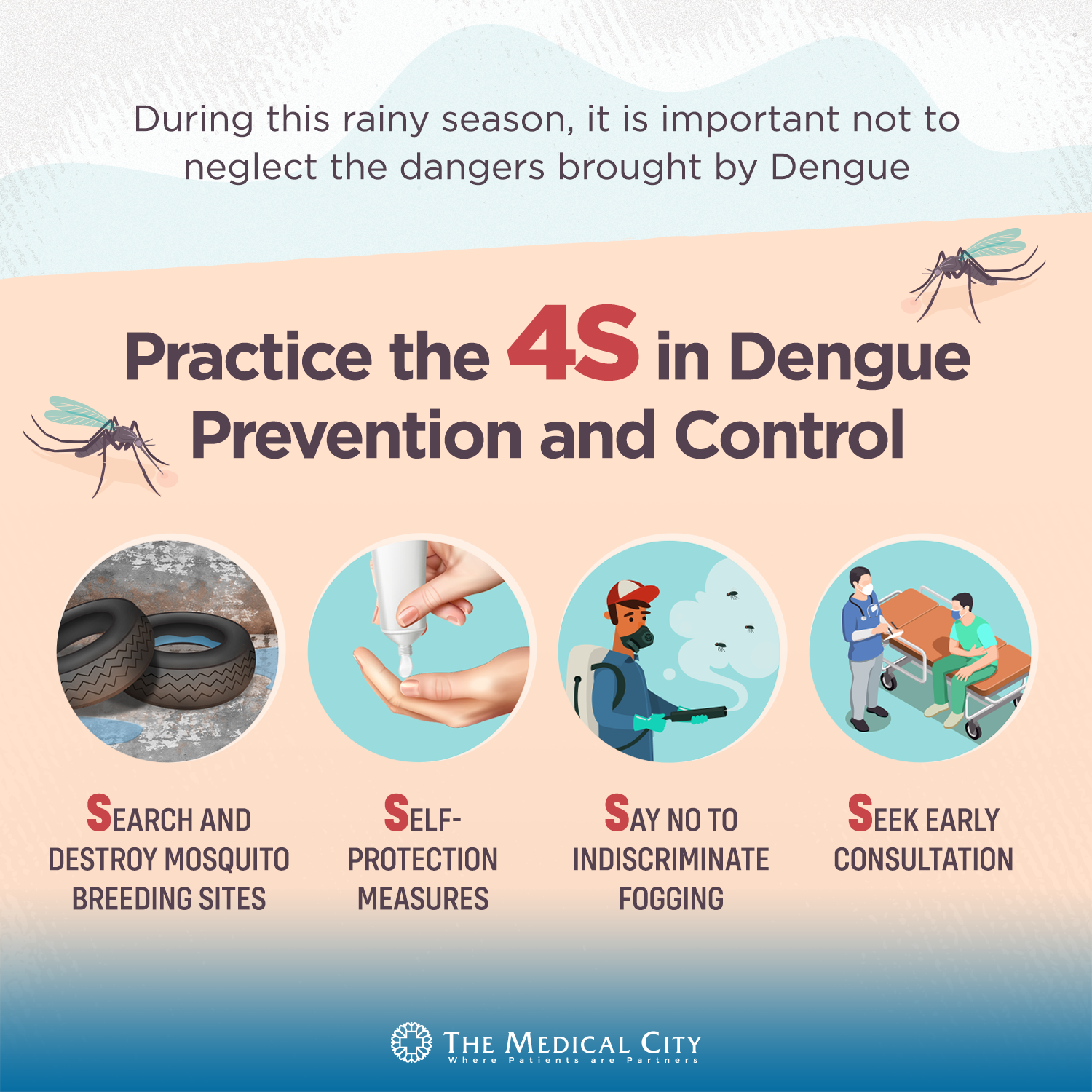COVID-19 Online Screening Tool: Answer on your smartphones or computers within 24 hours prior to your visit to The Medical City.
Why might a child need bone marrow transplant?
By The Medical City (TMC), Ortigas | February 26, 2021

For some children with cancer and blood disorders, a bone marrow transplant (BMT) can be their best hope to beat the condition.
For some children with cancer and blood disorders, a bone marrow transplant (BMT) can be their best hope to beat the condition.
According to the World Health Organization (WHO), the most common categories of childhood cancers include leukemias and lymphomas.
The most common pediatric cancer in the Philippines is acute lymphoblastic leukemia. Signs and symptoms of this illness in children include anemia, bruising or bleeding, bone and joint pain, recurrent fevers and or infections, abdominal pain, swollen lymph nodes, and difficulty breathing.
Fortunately, bone marrow transplant is offered here in the Philippines - a life-saving procedure to treat blood-borne cancers such as leukemia and lymphoma in children.
The Medical City has been working on its Bone Marrow Transplant program since 2012 through its Regenerative Medicine Laboratory, the Institute of Personalized Molecular Medicine (IPMM), and the Augusto P. Sarmiento Cancer Institute (APSCI). The goal of this program is to cure diseases and certain types of blood cancer in children at the same time reduce transplant-associated morbidity and mortality through novel approaches to patient care.
Since 2016, TMC has performed the procedure a total of 45 times.
TMC now offers new hope to patients up to 19 years old in need of BMT. At the helm of this program is pediatric hematologist Dr. Anna Marie Espaldon who has undergone training in bone marrow transplant at the Hualien Tzu Chi Hospital in Taiwan.
BMT, also called hematopoietic stem cell transplant, treats serious diseases through a process that destroys the patient’s damaged immune system and replaces it with healthy stem cells. The new stem cells restore the blood-forming cells of the bone marrow, leading to a new immune system in the patient’s body.
There are two major types of BMT – autologous and allogeneic. The type that a child will receive depends upon his or her diagnosis. An allogeneic transplant is performed when bone marrow or blood cells are received from a donor other than the patient, usually from a related donor, unrelated donor, or cord blood. This type of transplant is used for patients with leukemias and some lymphomas.
An autologous transplant is performed when the patient’s own bone marrow or blood cells are used. This type of transplant is used for patients with solid tumors such as neuroblastoma, Hodgkin disease, and brain tumors.
Current indications of bone marrow transplant in children
According to Stanford Children’s Health, a leading health institution in the US dedicated to pediatric care, pediatric BMT can be used to replace diseased bone marrow with healthy bone marrow. This is done for conditions such as leukemia and aplastic anemia.
For diseases like lymphoma and solid tumors like brain cancer and neuroblastoma, the procedure can replace bone marrow after high doses of chemotherapy or radiation are given, a process often called rescue instead of transplant.
Pediatric BMT can likewise replace bone marrow with healthy bone marrow to prevent more damage from a genetic disease. This is done for diseases such as thalassemia, primary immunodeficiencies, metabolic and genetic diseases and Hurler syndrome (an inherited condition caused by a faulty gene).
The pediatric patient’s transplant is managed by a team of specialists that includes doctors who specialize in oncology, hematology, infectious disease, immunology, and bone marrow transplant and transplant nurse coordinator supported by allied medical professionals.
For more information about The Medical City Bone Marrow Transplant Program, contact 8-9881000 ext. 6551.
Related News SEE ALL NEWS
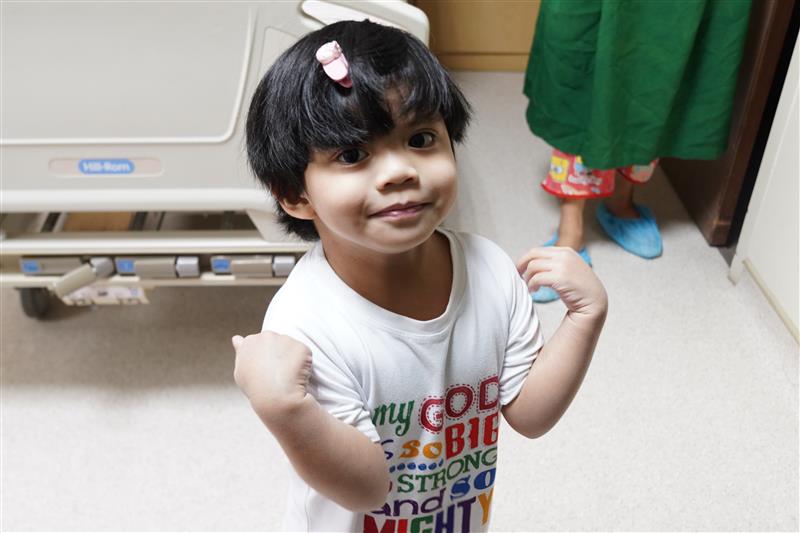
Health
The Gift of a Second Life

Health #MyTMCExperience Press Room
She Thought It Was Just Heartburn—It Was Actually a Heart Attack
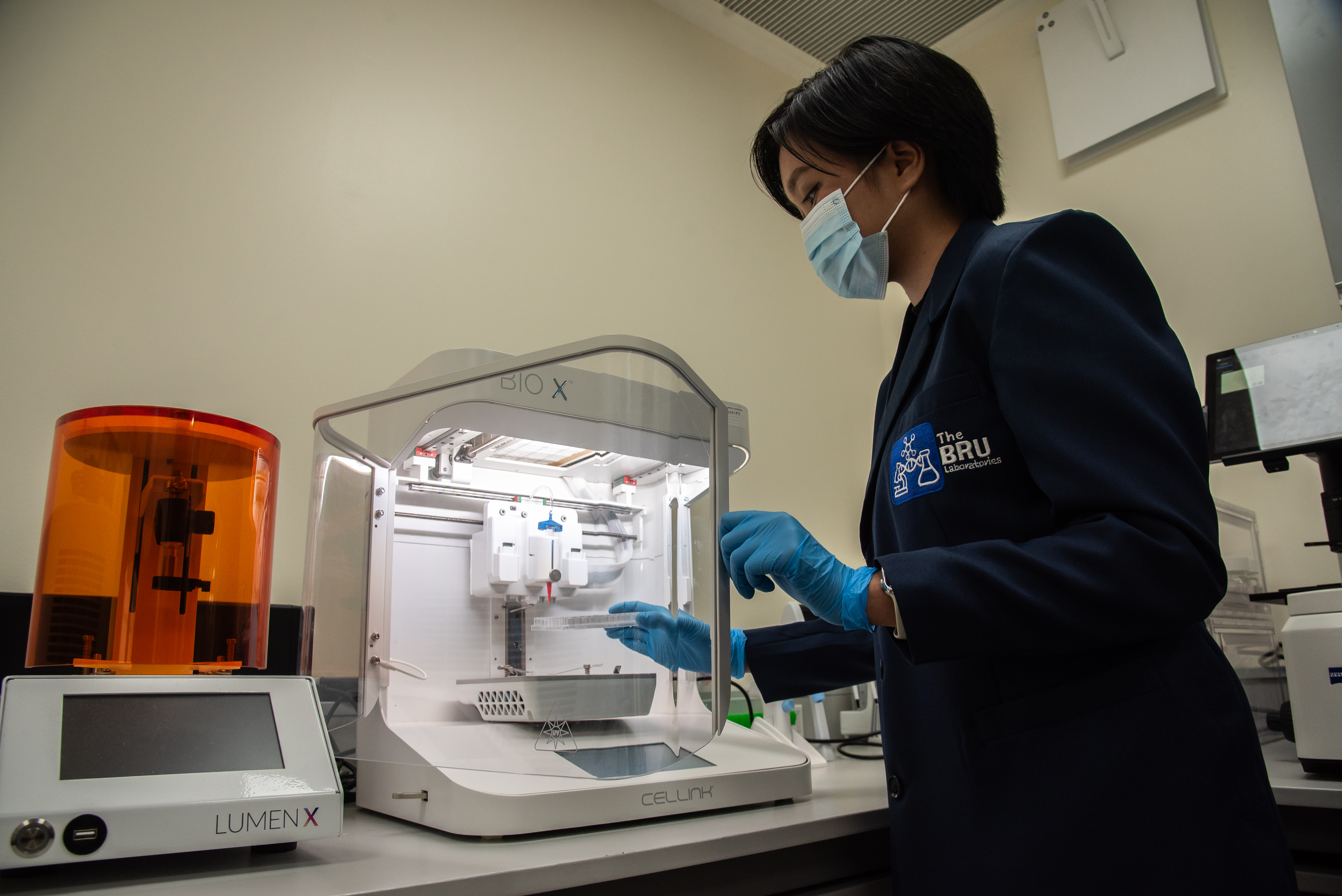
Health Research
Tissue Engineering for a Future without Organ Shortages
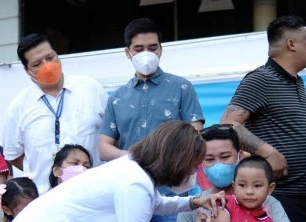
Health Press Room
Chikiting Ligtas: Addressing the Gap in Immunization Coverage

Health Corporate
Notice to the Shareholders of Professional Services Inc. (PSI)

Health Corporate
Notice to the Shareholders of Professional Services Inc. (PSI)

Health Corporate
Notice to the Shareholders of Professional Services, Inc. (PSI)

Health #MyTMCExperience
Friendship goals: See the world better, TOGETHER

Health #MyTMCExperience
#MyTMCexperience: Rod Cruz

Health TeleHealth COVID-19
Back to Health, Back to the City

Health Corporate Advisories
Notice of Annual Meeting of Stockholders

Health Corporate
Pedalling through Safety

Health
Diabetes and COVID-19

Health
FAQs on Patient Portal

Health
2021 Holy Week Schedule

Health
How serious is fatty liver?

Health Desk of the President
Oxford Business Group: The Report 2021 - Addressing the Gaps

Health TeleHealth
Need an advice from an Orthopedic Specialist?

Health
Welcome 2021 in good health
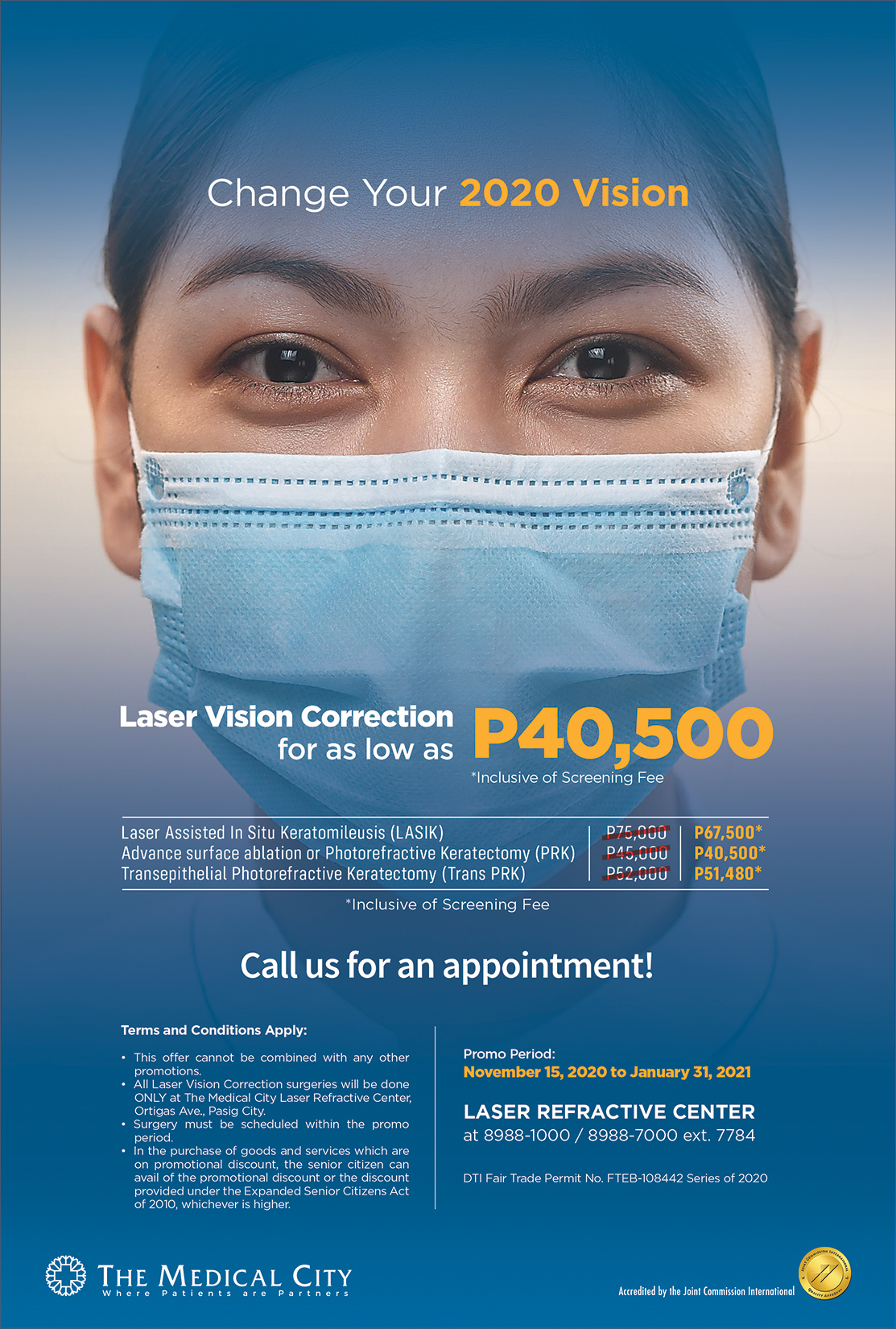
Health
Change Your 2020 Vision

Health COVID-19
Convalescent Plasma Donation for COVID–19 Survivors

Health
FAQs on TMC Drive-thru Lab

Health
Be in and out in 90 minutes

Health
Schooling in the New Normal

Health
TMC Lab on Wheels

Health
Autism

Health
Eye Health in Computer Work

Health
Speech Delay
Copyright © 2020 The Medical City. All rights reserved.

